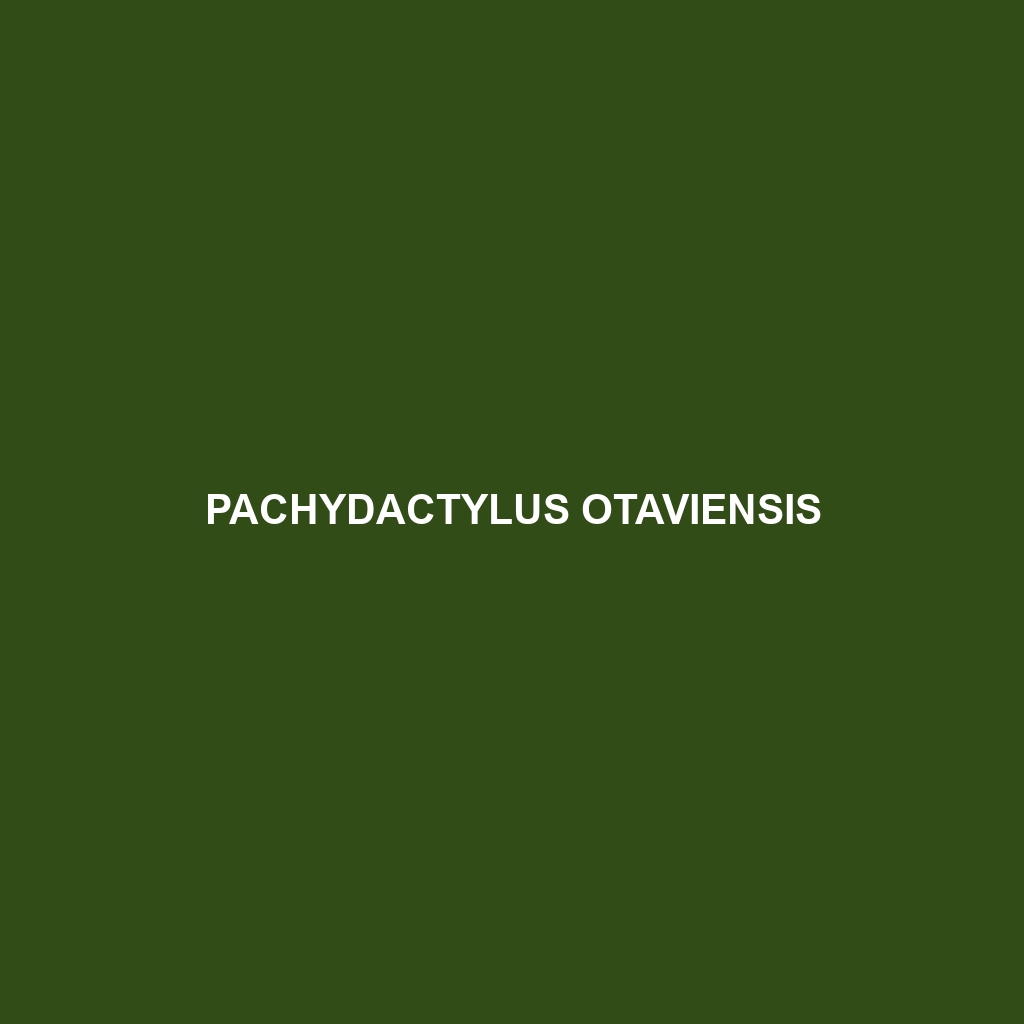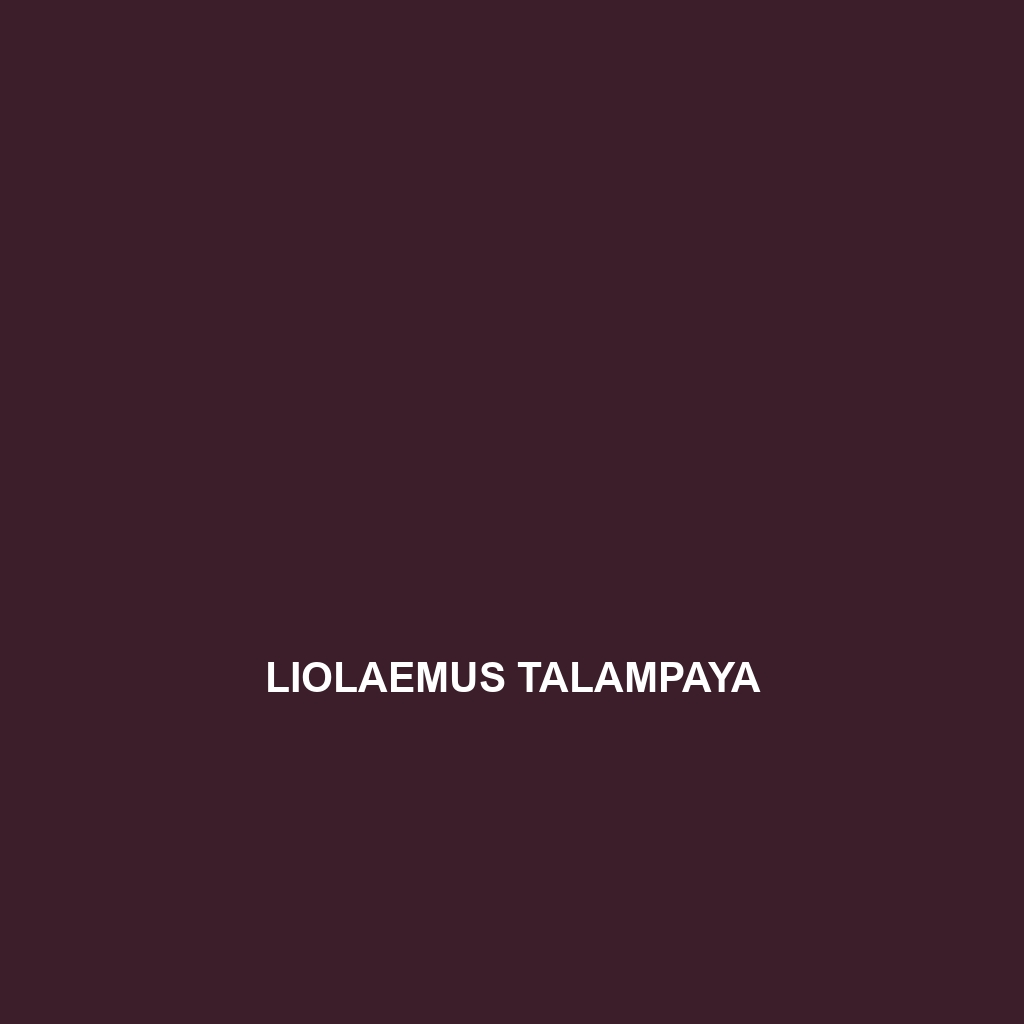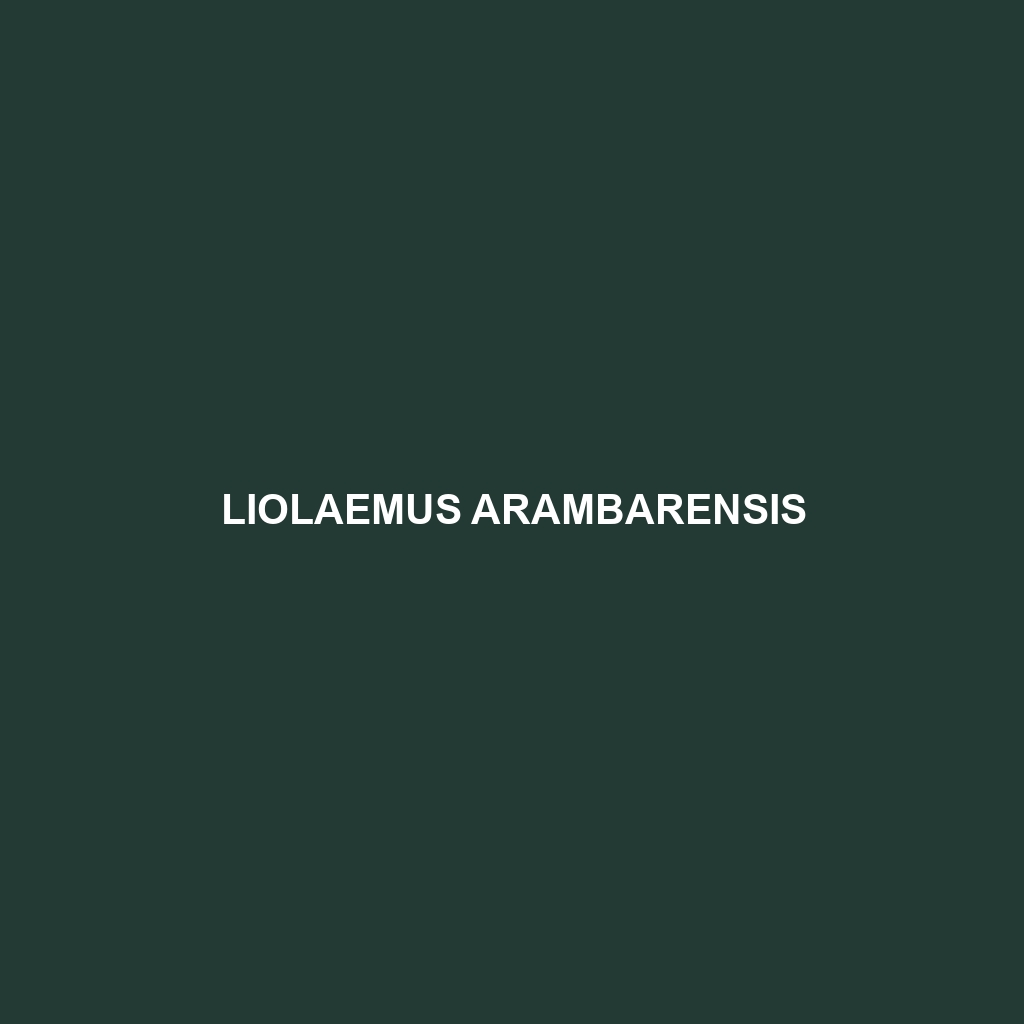<p>The <b>Phyllorhynchus browni</b>, or Brown's Leaf-nosed Snake, is a nocturnal predator found in the arid deserts of North America, featuring a distinctive textured appearance and a diet mainly consisting of small rodents and lizards. This species exhibits remarkable adaptability to harsh climates, utilizing ambush tactics for hunting and giving birth to live young, contributing to the ecological balance within its habitat.</p>
Tag: rocky terrain reptiles
Pedioplanis husabensis
Discover the striking Pedioplanis husabensis, a small to medium-sized lizard from Namibia's rugged Husab Mountain range, known for its vibrant yellow or orange markings and remarkable adaptability to rocky, arid habitats. These diurnal reptiles thrive on a diet of insects and play a crucial role in their ecosystem by helping regulate insect populations.
Pachydactylus visseri
<b>Pachydactylus visseri</b>, known as the Namibian gecko, is a medium-sized insectivore found in arid regions of southern Africa, notable for its flattened body, large toes for sandy terrain, and remarkable camouflage abilities. This nocturnal species plays a crucial role in ecosystems by controlling insect populations and serves as an important indicator of environmental health.
Pachydactylus otaviensis
<p><b>Pachydactylus otaviensis</b>, also known as the Otavi thick-toed gecko, is a nocturnal insectivore native to the arid regions of Namibia, distinguished by its stout body, thick toes, and remarkable camouflage that aids in its survival among rocky terrains. This species plays a vital role in controlling insect populations and maintaining ecological balance within its habitat.</p>
Liolaemus talampaya
Experience the fascinating Liolaemus talampaya, or Talampaya lizard, known for its incredible adaptability to arid environments in Argentina's Talampaya National Park. With striking physical characteristics, a primarily insectivorous diet, and critical roles in controlling insect populations, this resilient species thrives amidst challenging conditions.
Liolaemus stolzmanni
Discover the fascinating Liolaemus stolzmanni, a moderately sized lizard native to the rocky montane regions of Argentina and Chile, known for its unique coloration and adaptability to varying climates. This insectivorous species exhibits complex social behaviors, plays a vital role in its ecosystem, and has a reproductive strategy of live births, making it a captivating subject for ecological studies.
Liolaemus pagaburoi
<p><b>Liolaemus pagaburoi</b>, a striking lizard native to the southern Andes in Patagonia, features a mosaic pattern of earthy tones and can grow up to 20 centimeters in length. This diurnal insectivore thrives in diverse habitats, showcasing unique social behaviors and being ovoviviparous, giving birth to live young to adapt to its harsh environment.</p>
Liolaemus juanortizi
<br><b>Liolaemus juanortizi</b>, a distinctive lizard from the Andes of Argentina and Chile, features a slender body measuring 15-20 cm, with brown and gray coloration for camouflage. This diurnal insectivore plays a vital role in its ecosystem as a predator of insects and contributes to ecological balance while exhibiting vibrant mating displays during the breeding season.
Liolaemus arambarensis
Discover the unique Liolaemus arambarensis, a sleek skink native to the temperate forests and shrublands of southern South America, known for its adaptive coloration and diurnal behavior. Measuring 10 to 15 cm, these insectivorous lizards thrive in rocky terrains, playing a vital role in their ecosystem by controlling insect populations and serving as prey for larger predators.
Hemidactylus parvimaculatus
<b>Hemidactylus parvimaculatus</b>, known as the Sudanese gecko, is a small to medium-sized, nocturnal gecko native to arid regions of Africa, characterized by its slender body, large bulging eyes, and remarkable camouflage abilities. Adaptable to varied habitats, including urban settings, this insectivorous species plays a vital role in controlling insect populations and maintaining ecological balance.









